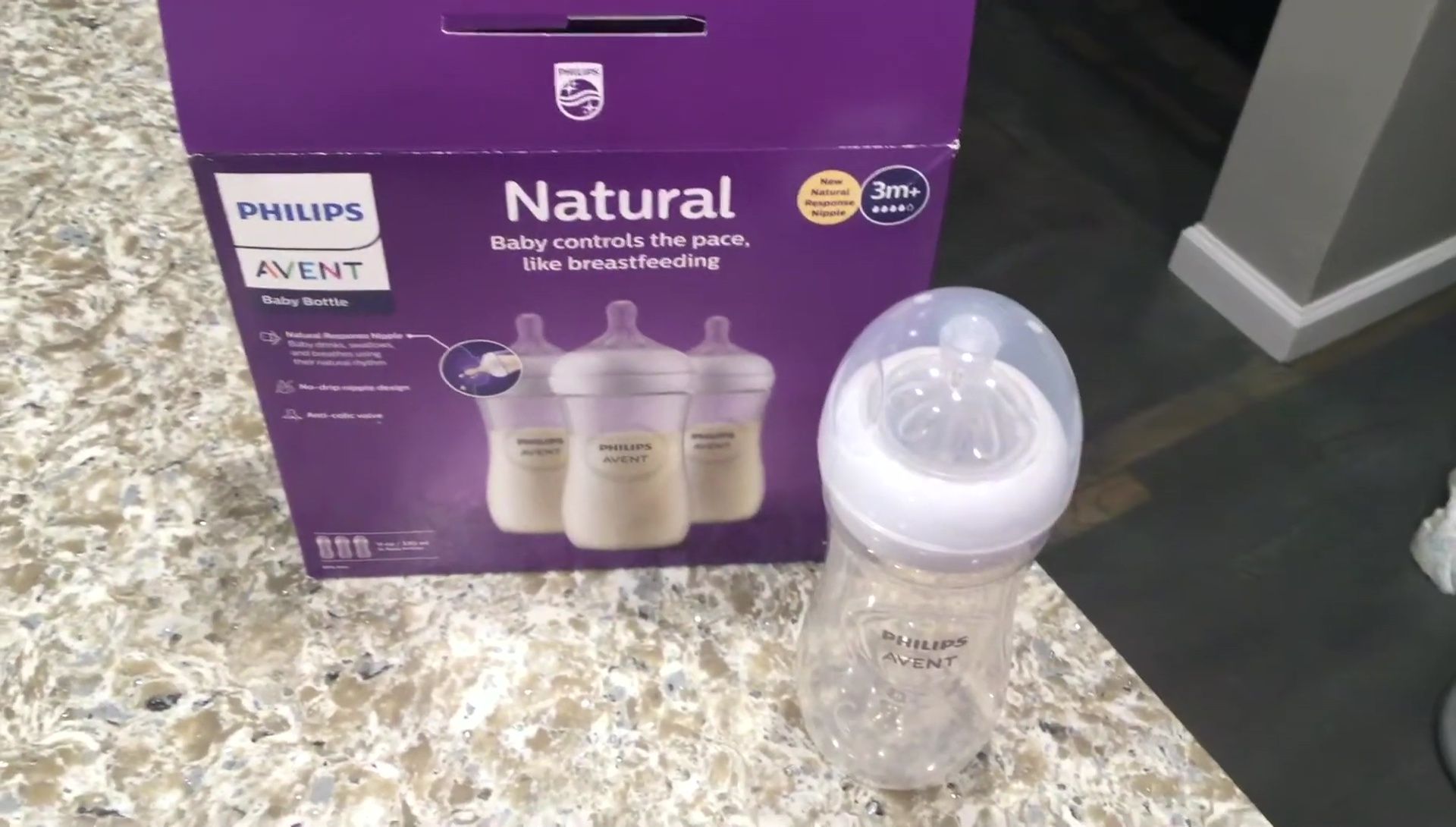Choosing the right baby bottle can be a daunting task for new parents. This review focuses on the Philips Avent Natural baby bottle, a popular choice known for its design mimicking breastfeeding. We'll explore its key features, including the innovative natural response nipple, the anti-colic system, and the ease of cleaning and assembly. This bottle promises a smooth transition for babies moving from breastfeeding to bottle-feeding, but does it live up to the hype?This honest review shares personal experiences with the Avent Natural bottles, highlighting both their strengths and potential limitations. We'll discuss the various sizes and flow rates available, and offer insights into whether these bottles are a suitable choice for your little one. Ultimately, we aim to provide a balanced perspective to help you make an informed decision about whether the Philips Avent Natural baby bottle is the right fit for your baby's unique feeding needs.
Pros And Cons
- Mimics breastfeeding experience
- Baby controls the pace of feeding
- Good for both slow and fast drinkers
- Natural response nipple
- No drip nipple design
- Anti-colic valve
- Easy to clean (four parts)
- Easy to hold
- Suitable for preemies
- Different flow rates available for nipples
- Smaller bottles (4 oz) may not be sufficient for all babies
- Nipples need to be replaced every three months
Read more: 5 Best 8 oz Baby Bottles
Natural Response Nipple and Design
The Philips Avent Natural baby bottle boasts a unique natural response nipple, designed to mimic breastfeeding. This allows your baby to control the pace of feeding, similar to nursing from the breast. This feature is particularly beneficial for babies who are transitioning between breastfeeding and bottle-feeding, as it provides a familiar and comfortable experience.

The bottle's design is simple and straightforward, focusing on ease of use for both parents and babies. The anti-colic valve reduces the risk of gas and discomfort, a common problem with many baby bottles.

Comparison to Other Brands
My experience with Philips Avent bottles has been varied. With my first son, he preferred Dr. Brown's bottles. However, my younger son, who spent his first month in the NICU on a feeding tube, adapted much better to the Avent Natural bottles. This highlights the importance of finding the right bottle for each individual baby's needs and preferences.

Every baby is different, and what works for one might not work for another. The Avent bottles' natural response system proved to be more conducive to my younger son's feeding challenges compared to Dr. Brown's.

Bottle Size and Flow Rate Options
The Philips Avent Natural bottles are available in different sizes (4oz and 9oz). My younger son is currently using the 4oz bottles, but is quickly outgrowing them. The larger 9oz bottles are necessary for overnight feedings.

The nipples come in various flow rates (0m+, 1m+, 3m+, 6m+), allowing for adjustment as your baby's needs change. It's crucial to select the appropriate flow rate for your baby's age and feeding capabilities to ensure optimal milk flow.

Ease of Use and Cleaning
The bottles' ergonomic shape makes them comfortable to hold during feeding. The simple four-part design simplifies cleaning and assembly, which is a huge plus for busy parents. The bottles are also dishwasher and sterilizer safe, further adding to their convenience.

The no-drip nipple design minimizes mess, and the bottles are easy to clean, further contributing to their user-friendliness.

Conclusion and Recommendation
Overall, the Philips Avent Natural baby bottles offer a close-to-breastfeeding experience thanks to their natural response nipple and design. The different flow rates, anti-colic valve, and ease of cleaning make them a convenient and practical option for parents. However, individual baby preferences should always be considered.

Would I recommend them? For babies transitioning from breastfeeding, or those with feeding difficulties, the Philips Avent Natural bottles are a strong contender. But the ultimate decision depends on your baby's individual needs and preferences. Consider this bottle, especially for preemies or babies with NICU experiences.
